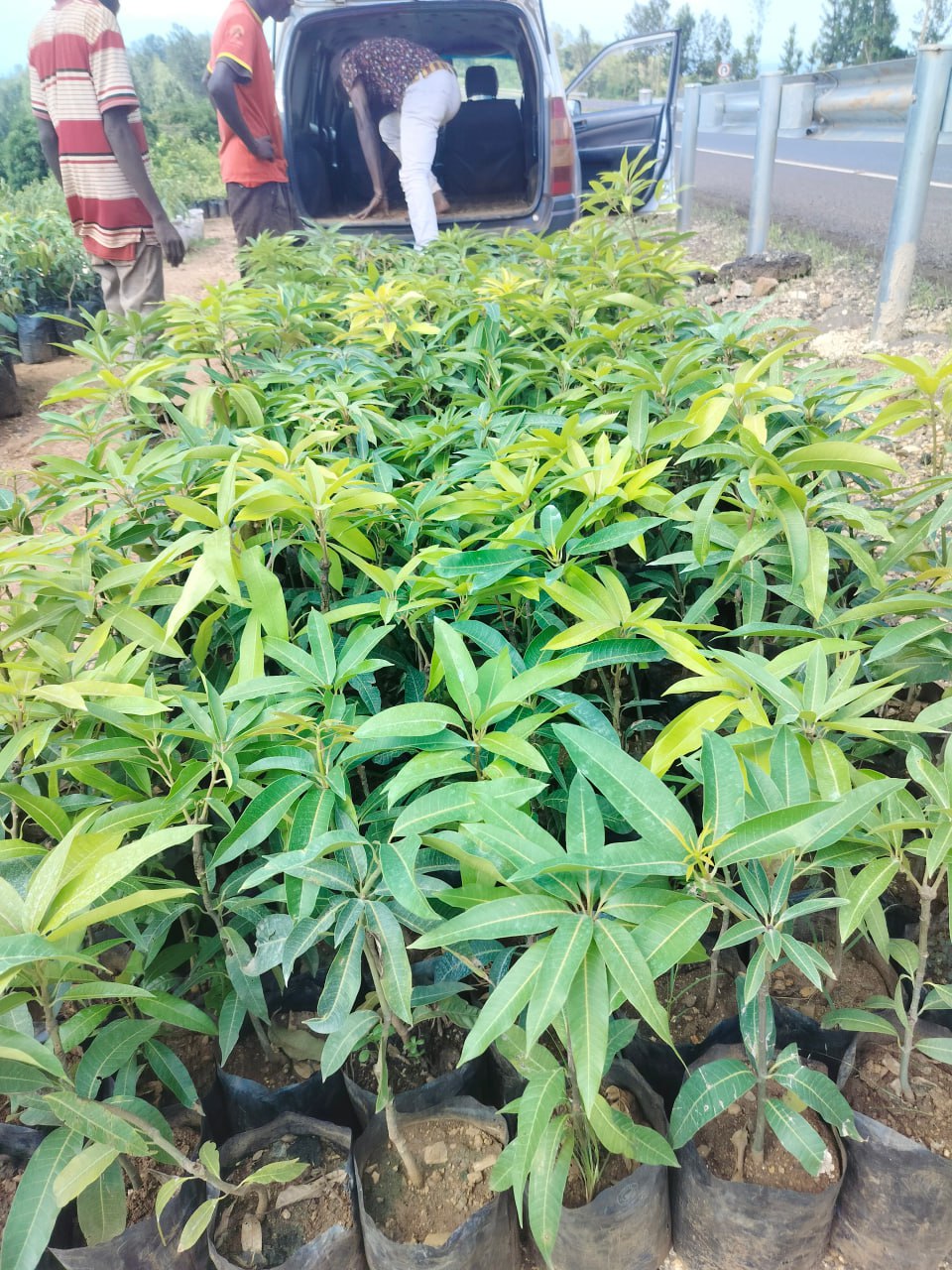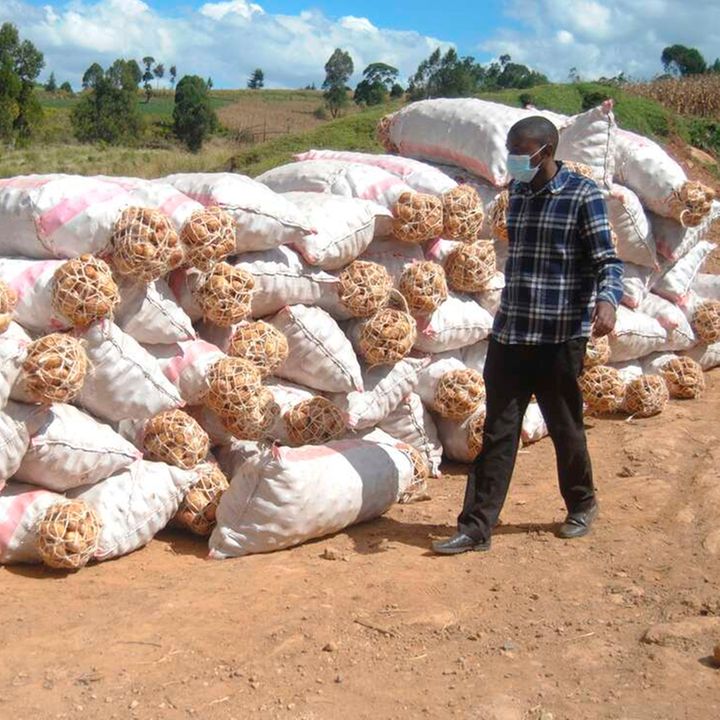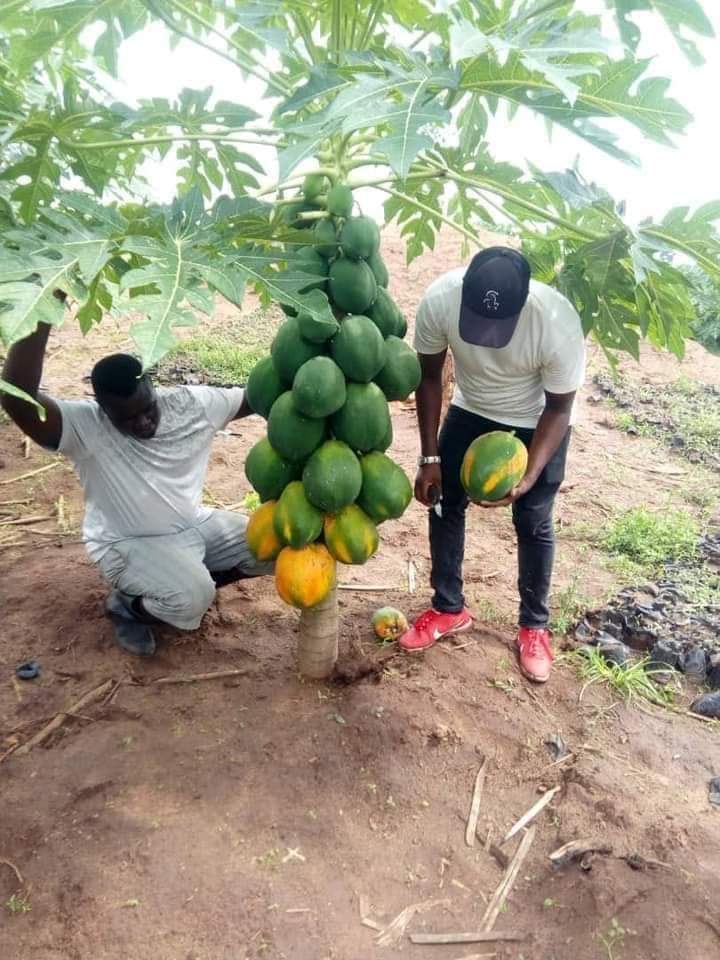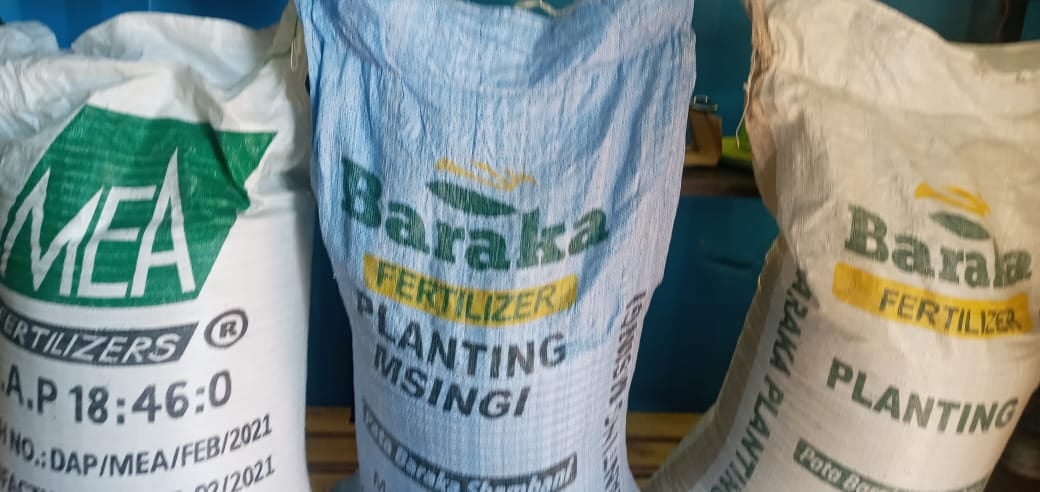FARM TO TABLE MOVEMENT
1. Direct from the Farm:
Idea: Imagine your food taking a short trip from a nearby farm to your plate.
Good Stuff:
Extra Fresh: This means your food is super fresh and tasty.
Helping Locals: Buying from local farms supports your neighbors.
2. Local Farmers' Markets:
Idea: Think of a lively market where farmers sell their fresh goodies.
Good Stuff:
Meet the Farmers: You can talk to the people who grow your food.
Seasonal Treats: The market changes with the seasons, offering new
fruits and veggies.
3. Restaurants Love Local:
Idea: Some restaurants use ingredients from local farms for really yummy
dishes.
Good Stuff:
Tasty Meals: Chefs use fresh, local stuff, making your meal extra
delicious.
Helping Nearby: Restaurants supporting local farms help their
community.
4. Grow Your Own Goodies:
Idea: Picture having your little garden at home.
Good Stuff:
Fun Gardening: You get to play in the dirt and watch your plants grow.
Healthier Choices: Growing your own food is a healthy choice.
5. Celebrating Seasons:
Idea: Eating what's fresh and in season.
Good Stuff:
New Flavors: Each season brings new fruits and veggies.
Nature's Calendar: It's like having a tasty calendar that tells you what to
eat when.
6. Less Packaging, More Planet Love:
Idea: When food doesn't travel far, it usually doesn't need lots of wrapping.
Good Stuff:
Less Trash: Less packaging means less waste.
Happy Earth: It's like giving the Earth a big hug by being eco-friendly.
7. Community Connection:
Idea: Picture a community coming together over shared local meals.
Good Stuff:
Meet Neighbors: Buying local might mean meeting neighbors at the market or
local restaurants.
Local Events: Some places organize events around local produce, creating a
festive atmosphere.
8. Educational Opportunities:
Idea: It's like a tasty classroom where you learn about your food.
Good Stuff:
Farm Tours: Some farms offer tours, so you see where your food comes from.
Cooking Classes: Local markets might have classes, teaching you how to cook
with fresh produce.
9. Variety and Biodiversity:
Idea: Imagine a plate with lots of different local foods.
Good Stuff:
Rich Flavors: Local farmers often grow unique things, adding variety to your
meals.
Helps Nature: Supporting local farming helps keep a variety of crops and a
healthy environment.
10. Personalized Choices:
Idea: It's like having a menu made just for you.
Good Stuff:
Custom Diets: You can make choices that fit your diet or preferences.
Know Your Food: Local producers often give details about their products, helping
those with allergies.
11. Culinary Adventure:
Idea: Think of your plate as a canvas for trying new foods.
Good Stuff:
New Flavors: Local markets might introduce you to unique ingredients.
Seasonal Surprises: Each season brings new things to try, turning your kitchen
into an adventure zone.
12. Economic Resilience:
Idea: It's like strengthening your local economy by supporting local businesses.
Good Stuff:
Local Jobs: Supporting local farms means supporting local jobs.
Stronger Communities: A healthy local food system makes communities
stronger.
13. Mindful Eating Practices:
Idea: Imagine eating with thoughtfulness and gratitude.
Good Stuff:
Conscious Choices: Knowing where your food comes from lets you make
conscious choices.
Appreciation: Understanding the effort behind each ingredient turns meals into
moments of appreciation.
In a nutshell, Farm-to-Table is about enjoying super fresh food from nearby,
whether you get it from a market, a restaurant, or even grow it yourself. It's like
creating a tasty community where everyone, including the Earth, stays happy and
healthy.





